Category: Research

History of the First Physiotherapy University Schools in South Africa
University of the Witwatersrand In 1924 the department of physiotherapy had been established in the Johannesburg Hospital and had been opened to patients in September 1925. Dr EB Woolf had been appointed as head of this department in February 1925. On the 12th April 1926, a meeting between Professor Raymond …

“History of Physiotherapy in the Post-War Period and the 1950s” – An Oral History Project from Germany (Work in Progress)
By Karoline Munsch and Sandra Schiller Over the years, quite a number of oral history projects have been conducted in physiotherapy, for example in the USA (https://www.apta.org/History/OralHistories/), the United Kingdom (http://sami.bl.uk) and New Zealand (https://100yearsofphysio.org.nz/oral-histories/). The occasion for such projects has often been an anniversary, e.g. the centenary of the founding …
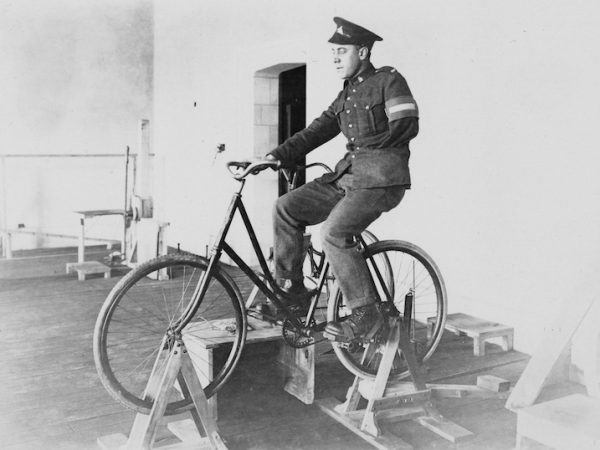
The Development of Physiotherapy in South Africa
In 1921 a small group of masseurs in Cape Town banded together to form the Certified Masseurs Association, primarily to rehabilitate soldiers after World War I as well as the patients affected by the polio epidemic also hitting South Africa. In the same year the first pioneer group in the …
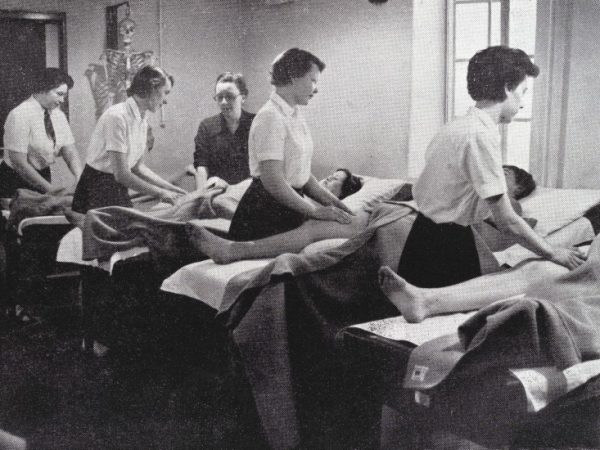
The process of physiotherapy professionalisation in the UK – Development of autonomy, Part I
Notes on the relationship between physiotherapy and the medical profession in the early days of the National Health Service In the early days of the UK National Health Service (which came into being on 5thJuly, 1948) the influence of the medical profession in terms of the direction, prescription, education and …
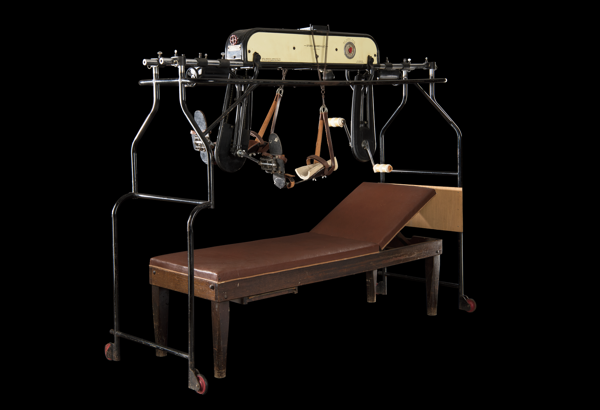
The Stoke Mandeville bed cycle
This post was written by Selina Hurley, Curator of Medicine, at the Science Museum in London Now on display in Medicine: The Wellcome Galleries, this bed cycle helps tell the story of Ludwig Guttmann (1899-1980), German neurologist, who was part of a movement to change the treatment of people with …

A short history of scope of practice changes in British Columbia, Canada
The Physiotherapy History of British Columbia Project group in Canada recently had a discussion about the changing scope of physiotherapy practice in BC. These notes were prepared by Nancy Cho and Patricia Grohne. It would be interesting to see how these changes compare with what you have seen in your …
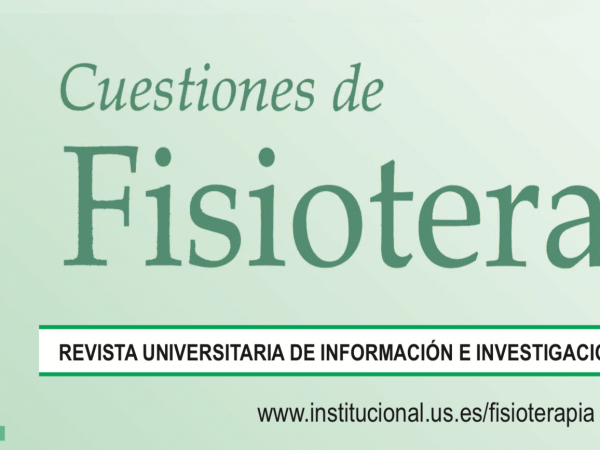
A history of Spanish physiotherapy
In 2011the Spanish physiotherapy journal Cuestiones de Fisioterapia ran a special issue on the history of physiotherapy in Spain (link to full pdf of the journal). Very generously, the authors included English translations of many of the abstracts. Thanks to Glenn also for translating a version of the editorial through Google …
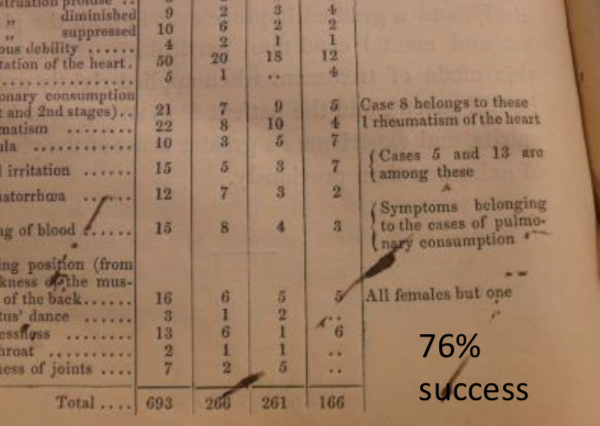
Recognising 200 years of international orthopaedic manipulative physical therapy
Following on from last week’s post on Kay Nias’s presentation on the history of massage, this week we have a pdf of some of Cameron MacDonald’s work on the history of orthopaedic manipulative physical therapy. For more information, contact Cameron here. Recognizing 200 years of International OMPT Practice pdf
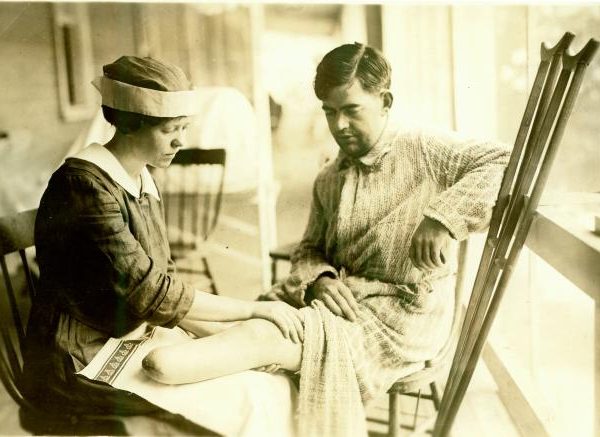
Massage and the history of physiotherapy
A few days ago, Kay Nias, Medicine Galleries Research Fellow at the Science Museum in London, gave a talk on massage and the history of physiotherapy (link). Kay was kind enough to share her slides with us and the text of her talk (see below). You can find more of …
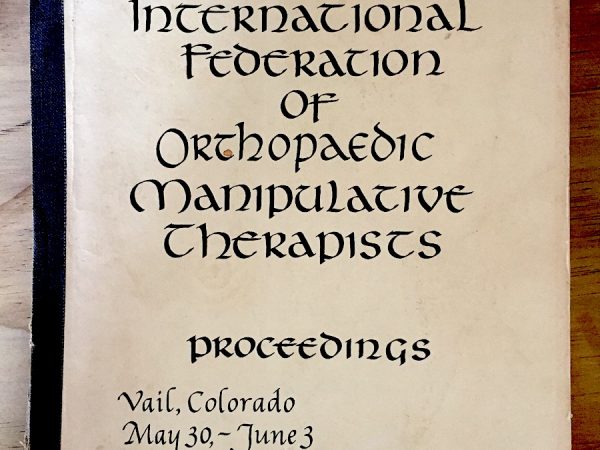
IFOMT 1977
The proceedings of the 3rd international seminar of the International Federation of Orthopaedic Manipulative Therapy make for fascinating reading. Just over 40 years ago now, the meeting held in Vail, Colorado from May 30th to June 3rd brought together some now well known practitioners from around the world. Given the …








